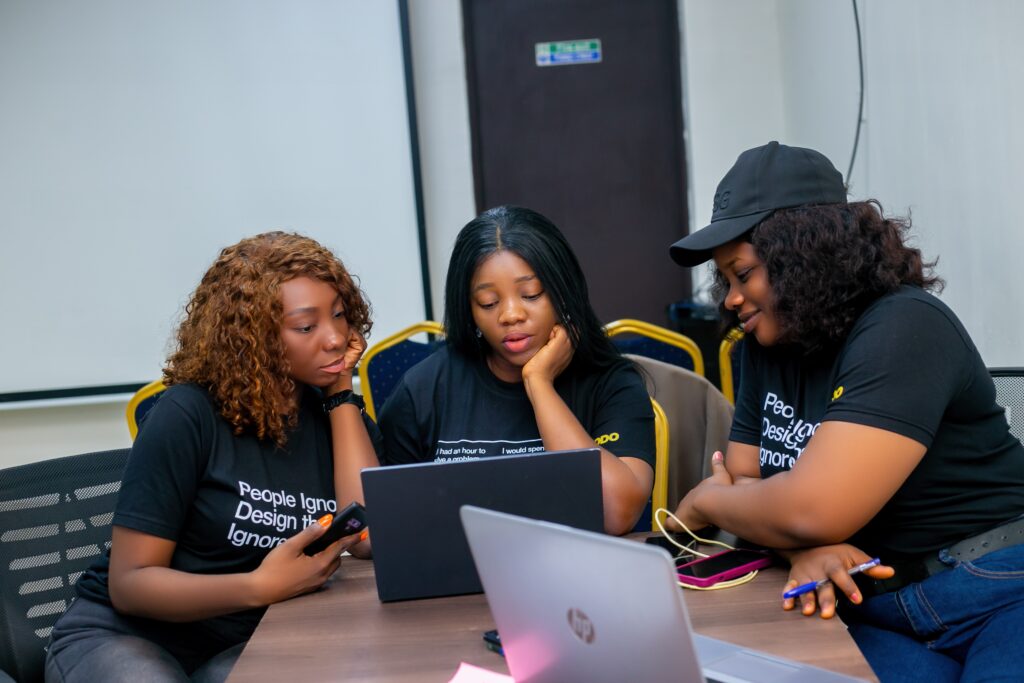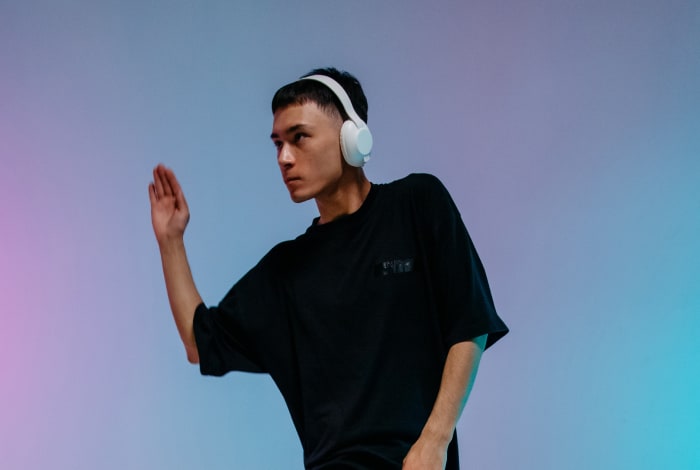A user research fieldwork journey is wide, involving different phases, each contributing uniquely to the project. The contrast between the preparation stage (“before field”) and the analysis stage (“after field”) reveals the dynamic nature of user research. At DODO Design, we refer to the “field” as the research environment. This distinction highlights my preference for the “after field” activities, where collaboration leads to actionable insights.
Before Field: Preparing for Successful User Research Fieldwork
The “before field” phase is all about careful preparation and planning. This phase ensures the success of the user research fieldwork. At DODO, we engage in the following necessary activities:
– Objective Setting: The team will express its research goals in specific and concise terms toward which the project will be directed.
– Planning: We go on to identify the concrete timings, methodologies, and key milestones in a step-by-step order.
– Questioning: Then, we develop a set of thoughtful and unbiased questions, always considering user-facing language that can easily be understood by all participants, to drive the entire interview process.
This stage requires a methodical approach and attention to detail, giving paramount importance to every small aspect to ensure smooth research progress. While very important, this preparatory phase often has much less of the dynamic interaction and spontaneous problem-solving that typify the “after field” phase. How so? Keep reading!
After Field: The Real Work of User Research Fieldwork Begins
Once the field activities are over, the “after field” phase is another place for the excitement and intellectual juice. It is primarily here that data analysis and synthesis occur to transform raw information into action-oriented insights. This is actually where the magic happens.
– Data Analysis: Sorting through recordings, notes, and observations to pull out patterns and make meaningful connections. This process calls for your patience, and a keen eye for the details.
– Synthesis and Insights: The act of bringing together the analyzed data to synthesize coherent findings that inform product development and strategic decisions.

The After Field Collaborative Spirit
One of the most enriching aspects of working in the “after field” phase is that it becomes highly collaborative. It’s a very collective activity entailing continuous discussion and creativity arguments.
– Collaborative Meetings: The meetings are active and interactive where at any one point in time, members express their views. This creates a safe space where everyone hears and values each other’s voices.
– Challenging Opinions: This encourages debate in healthy ways, as members challenge each other’s views and refine their arguments. The idea is for both to consider this process not only intellectually but also fundamentally in building the best conclusions possible. It is a space for robust discussions and works well.
The collaborative environment fosters creativity and critical thinking. It can be invigorating to see how the various perspectives come together for holistic insight. This collective effort will make recommendations extremely thorough and actionable.

My Personal Reflections on the Journey Through User Research Fieldwork
Now, reflecting on the two stages, I personally found the activities in the ‘after field’ stage to be very rewarding. It is really exciting to think on the spot. Nothing compares to the sense of accomplishment and intellectual satisfaction gained from analyzing data, synthesizing findings, and collaborating on solutions. The dynamism and collaborative spirit of these activities make this stage the highlight of my user research journey.
While the ‘before field’ phase lays the groundwork, the real value of user research fieldwork emerges in the collaborative ‘after field’ phase, where data analysis and synthesis transform information into insights and foster a culture of learning and improvement, ultimately helping us understand people, their behaviors, and their needs for better experiences.
Author
-

Debb Balogun is a dedicated UX researcher and designer with a passion for human-centred design (HCD) combining her background in medical physiology with innovative design approaches.
View all posts

